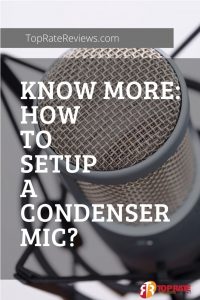
Well, of course, you are, and indeed you have to! How do I know that? It’s because if you weren’t all that, you wouldn’t be searching for an article on how to set up a condenser mic.
Since we both are on the same page, and the topic of condenser microphone setup is of high interest to both of us – let’s make the most of this condenser microphone aficionado-duo, shall we?
However, if you still are on the fence and going through a baulking phase – where before making any move, you need guidance about what it takes to set up a condenser microphone, don’t worry and read on. This article is going to be a valuable guide on how to set up a condenser mic.
Table of Contents
Condenser Microphone Setup
Let’s follow along on how to setup a condenser microphone in few easy steps.
What Do You Need for a Condenser Mic?
A single condenser microphone will not work on its own. For a proper condenser microphone setup – few essentials are required besides having a microphone.
Prerequisite
Let us tell you about the essential accessories you need here.
- A condenser microphone stand
- XLR cable (connecting the condenser microphone to the power source)
- Phantom power (USB audio interface)
Step 1 – How to Setup Condenser Mic Stand?
First things first, prepare to place the microphone stand at the position where you want the sound to be caught through the condenser microphone. Try to get a noise-free area to work with the microphone on the stand. Otherwise, many excess surrounding sounds can enter the condenser microphone since it captures detailed and delicate frequencies.
Don’t forget to make sure that the stand is firm in its place; otherwise, it will spoil the intended, recorded voice into the microphone.
Multiple categories are available to suit your particular application style to pick the right microphone stand for the condenser microphone setup.
If you are still evaluating your choices about the microphone stand, you can get an idea with the listed stands below. However, if you already have a condenser microphone stand, you can skip to the next step.
Let’s take a look at the accessible sort of stands out there.
- Tripod stand– the traditional choice for all-purpose use.
- Tripod boom stand – better choice with an expendable arm to cover long-distance area for the microphone.
- Round base stand–the best choice for stage use – compact sized (means less area coverage), offers firm grip while rigid enough to avoid a sudden trip.
- Low profile stands–best choice to use for musical instruments like guitar and kick drums.
- Desktop stands – ideal clamping style choice for in-house recordings like podcasts.
- Overhead stands – great for working around extreme angles and altitudes – used with professional equipment, therefore are a bit expensive than the usual stands.
Step 2 –How Do I Install a Condenser Mic? (Connect the XLR cable)
After getting the mic stand ready, it’s time to install the condenser microphone by using a connecting wire– XLR cable. Don’t freak out by watching two plugs in the same cable. Those are called male and female parts according to the charges (+/-) they possess.
Now what you have to do is, work with the male part of the XLR cable, which goes into the condenser microphone connected to the microphone stand. (If you happen to have a shock mount at hand, it will be attached along with this XLR cable series as well.)
Apart from the above items, you would be holding another thing in your hand, which is probably a clamp. Some XLR cables have that clamp that goes into the microphone in a clicking manner. If you felt or heard a clicking sound, it means it is successfully connected. However, if you lack this clamp with the XLR cable, skip this clicking step out, and move forward.
Step 3 – How Do I Connect My Condenser Mic to Audio Interface?
To gain the required signal, the condenser microphone needs to charge the plates with an electrical current. An external power source is used to provide the condenser microphone setup with the acquired voltage range, which is typically a 48V.
Therefore, last but not least – remember we left the female part of the XLR cable unplugged? That is the one we need now. Hold it and push it into the audio interface input (phantom power). It should be on the input 5 or 6 on your hard disk recorder.
After placing all the wires at their corresponding places, the basic procedure to set up a condenser microphone should be followed without any trouble. Quite simple!
Note :
- Beware! If the phantom power is turned on, don’t even think of plugging the condenser microphone inside. You wouldn’t want to ruin your microphone or preamp by face a short circuit.
- Before purchasing a phantom power, make sure its voltage compatibility matches your condenser microphone’s requirement. Otherwise, your investment will go in vain!
Frequently Asked Questions (FAQs)
1. Can you use a condenser mic without phantom power?
Although you can run a condenser microphone without an audio interface, or any mixing board, working it without phantom power is not a reliable move to make. Even if you succeed at catching a signal somehow, it will be so shaky and unstable that you won’t be able to hear a thing.
Regardless of using a phantom power or a battery source, a condenser mic requires a robust power connection to function correctly.
You also can read more about phantom power here for powering up condenser microphone
2. Do I need a shock mount for my condenser mic?
Having a shock mount keeps you on the safe side; hence it is undoubtedly recommended. It plays a big role, especially if you are dealing with a desk mount microphone. With a lot of wandering in the room, it prevents your recorded take from being spoiled with additional captured noises.
3. Do mic stands work for any mic?
The compatibility of the stand to the microphone is considered during a condenser microphone setup. Typically, a standard thread can support almost all mics, including the shock mounts. However, some heavy-duty stands need to be bought for certain hefty mics. That’s why the mic and stand relation is determined weight-wise.
Final Thoughts
After going through this guide, you should now be well-trained to setup a condenser microphone, wherever and whenever you want.
Even though condenser microphone setup is not a complex task to pull off, when people are not familiar with the accessories of the fanatically bought setup of a condenser microphone, the lack of know-how about the condenser microphone setup becomes the actual cause of the problem.
However, you don’t need to worry about such stuff. Since you did your homework on how to set up a condenser mic – you will now be celebrating its fantastic quality of clear audio features. Now play with different voices or sing your favorite songs to get the most out of your newly bought gadget. Cheers!

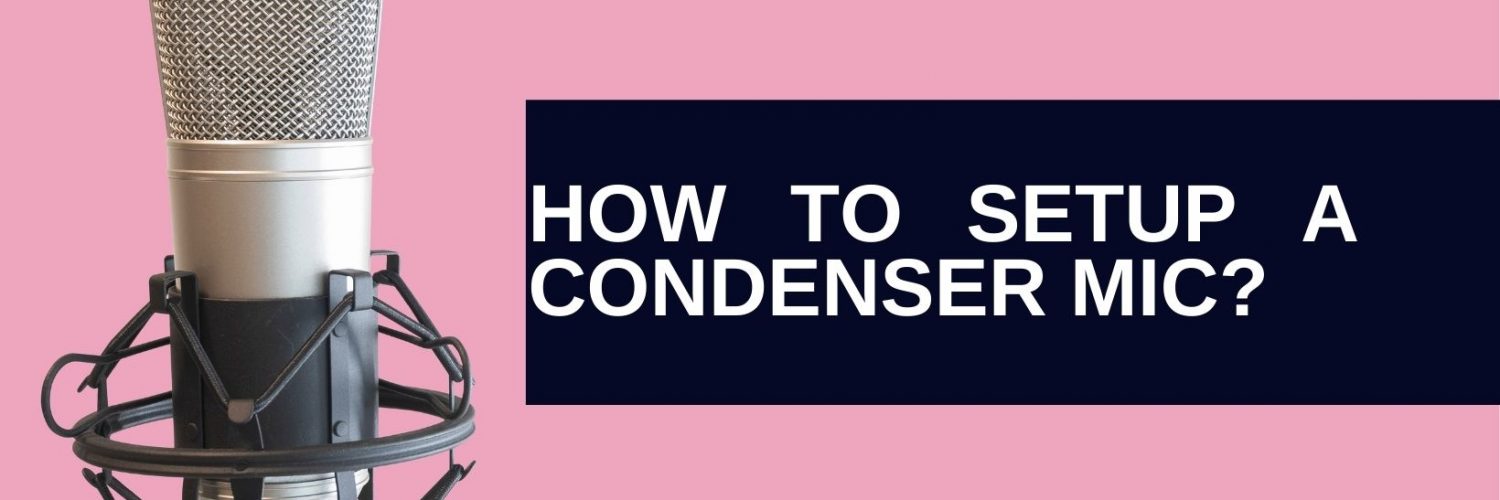
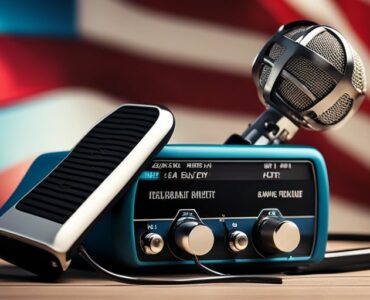
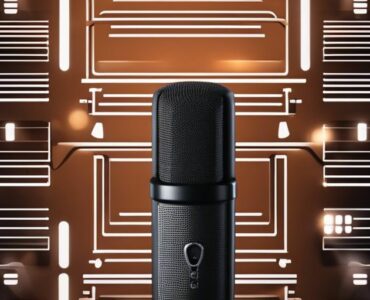
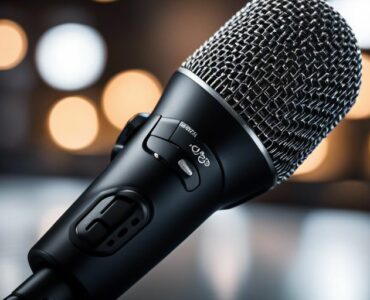





Add comment